“Rehearsals in Solidarity of Collective Space,” a seminar and performance at UIC Architecture, Dec. 2022.
We are trained in polarities between “subject” and “object,” “individual” and “communal,” “private” and “public.” These divisions structure behavioral incentives; they have legal ramifications, they delineate space, and they have material and aesthetic repercussions. They make us believe that the often cited “tragedy of the commons” is unavoidable.[1] And, indeed, escaping these divisions seems increasingly difficult. While they penetrate all forms of life, they have particular repercussions in housing, where the rethinking of established forms of living and the politics and economies that surround it are continuously undermined. Here, pervasive models of profit-based home ownership, restrictive privatization of housing stock, limiting regulations that center on single-family homes and the nuclear family, the lack of state funding and implementation of austerity measures, lot-size limitations that focus on commodity and investment, parking requirements linked to affluence, and spatial layouts that no longer conform to current needs, are but a few conditions that continuously hamper the construction of alternative models.[2] We have, therefore, sought to reintroduce the term of the ‘collective;’ first, as an idiom that bridges the polarities in contemporary thinking and, second, as a rhetorical mechanism to shift attention from house to housing, from private to communal living, and from mono-functional to shared spaces. While previous studies focused on the individual unit and the configuration of housing blocks, this seminar interrogates the spaces that make collective housing “collective,” that form community in “social housing,” and that contribute a civic dimension to “public housing.” In other words, our work centers on the spaces that facilitate the coming-together of different social groups and contribute to a sense of the collective and possibly even of solidarity–a zone that is defined by openness and exchange, not by either/or but by both/and. After surveying collective spaces that exist at the threshold between private and public, between the confines of the home and the labyrinth of the city, a 260-page catalog was created to document our findings. Selecting the most promising examples from this global survey and developing perspectival drawings of these spaces was to give access/views into the world of the collective. For the purpose of the performance, these drawings were projected “1:1,” enabling us to inhabit them.
[1] Garrett Hardin, “The Tragedy of the Commons,” Science, vol. 162, #3859 (Dec. 13, 1968), 1243-1248. In addition, see Elinor Ostrom, Governing the Commons: The Evolution of Institutions for Collective Action (New York: Cambridge University Press, 1990); The Wealth of the Commons: A World Beyond Market & State (Amherst: Levellers Press, 2012); and Aristotle, Politics, Book II, chapter 3, 350 BCE: “Aristotle already declared that “what is common to the greatest number has the least care bestowed upon it.” [2] David Harvey, A Brief History of Neoliberalism (New York: Oxford University Press, 2005).
Images from the performance, December 1, 2022:
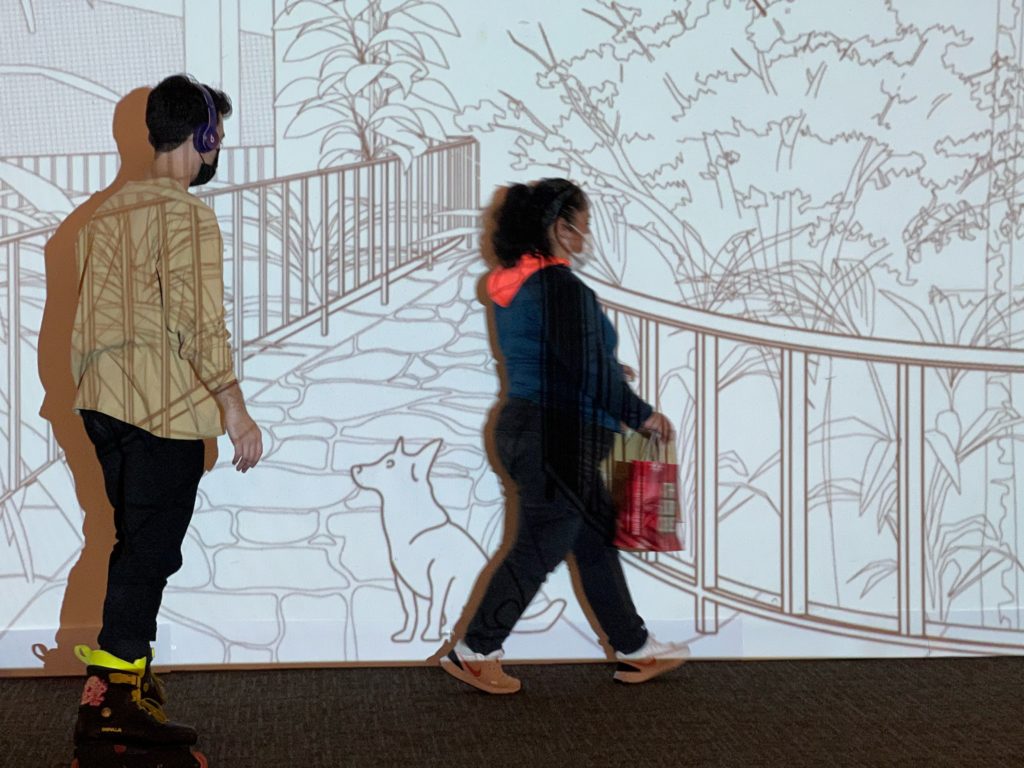
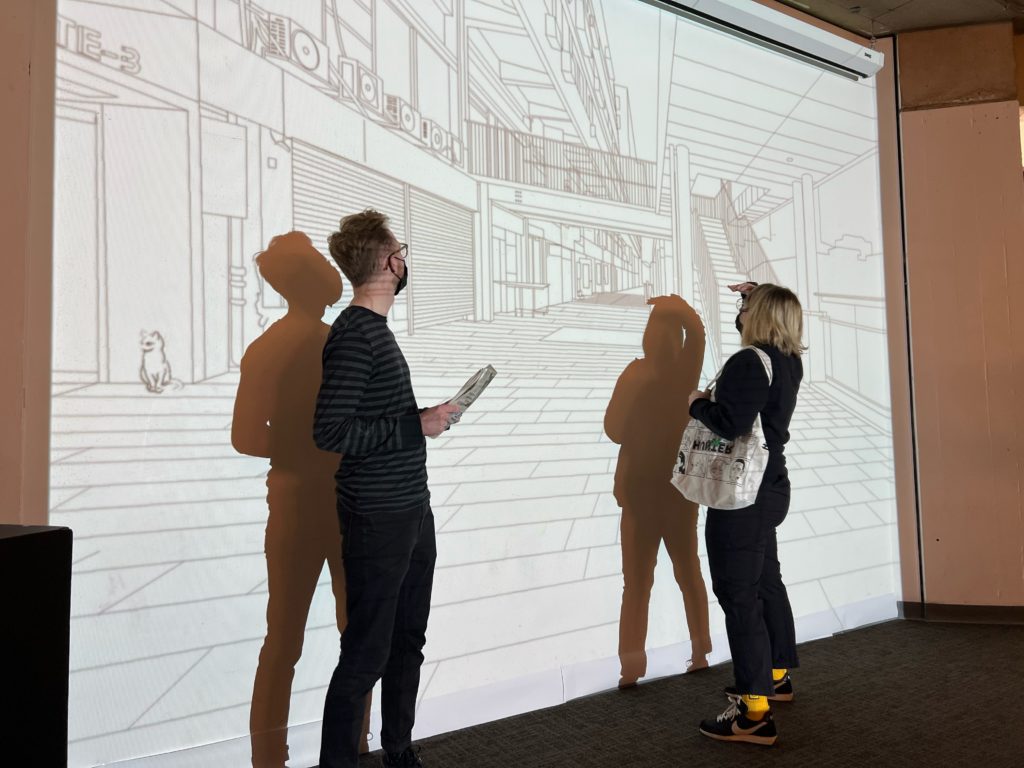
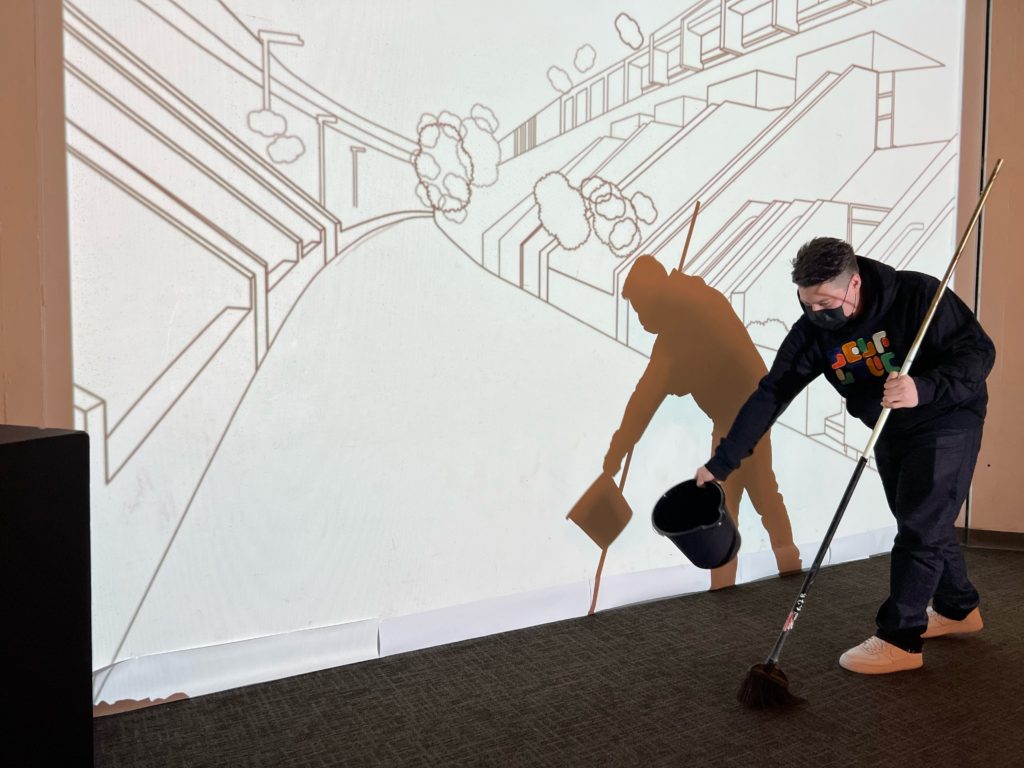
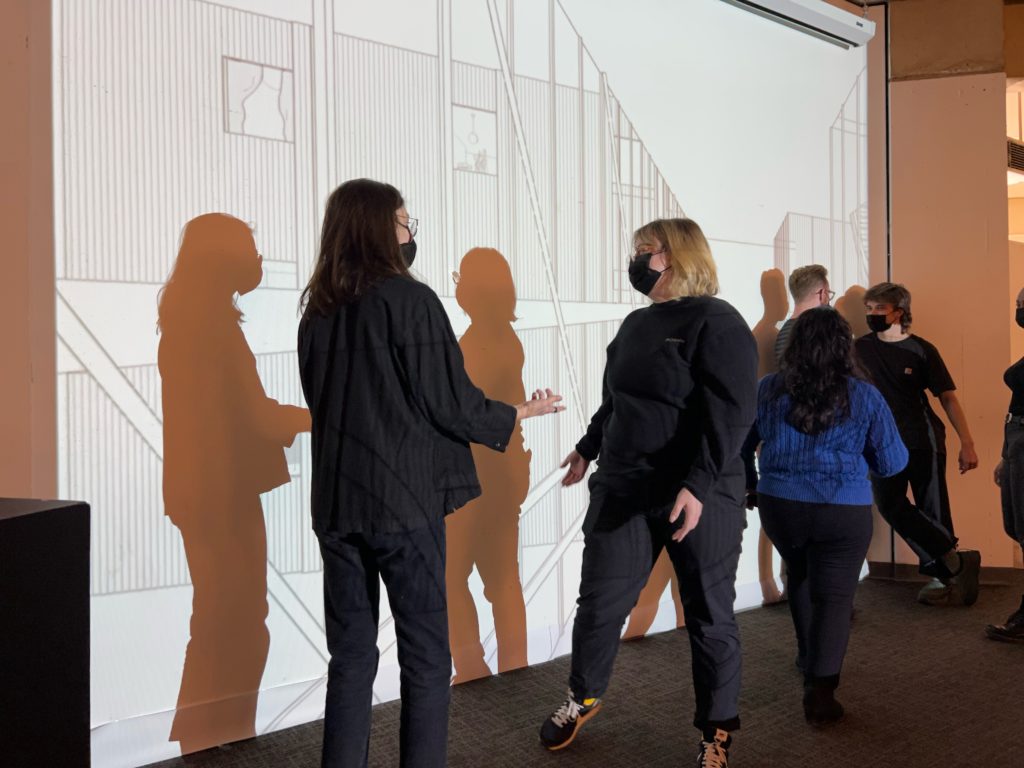
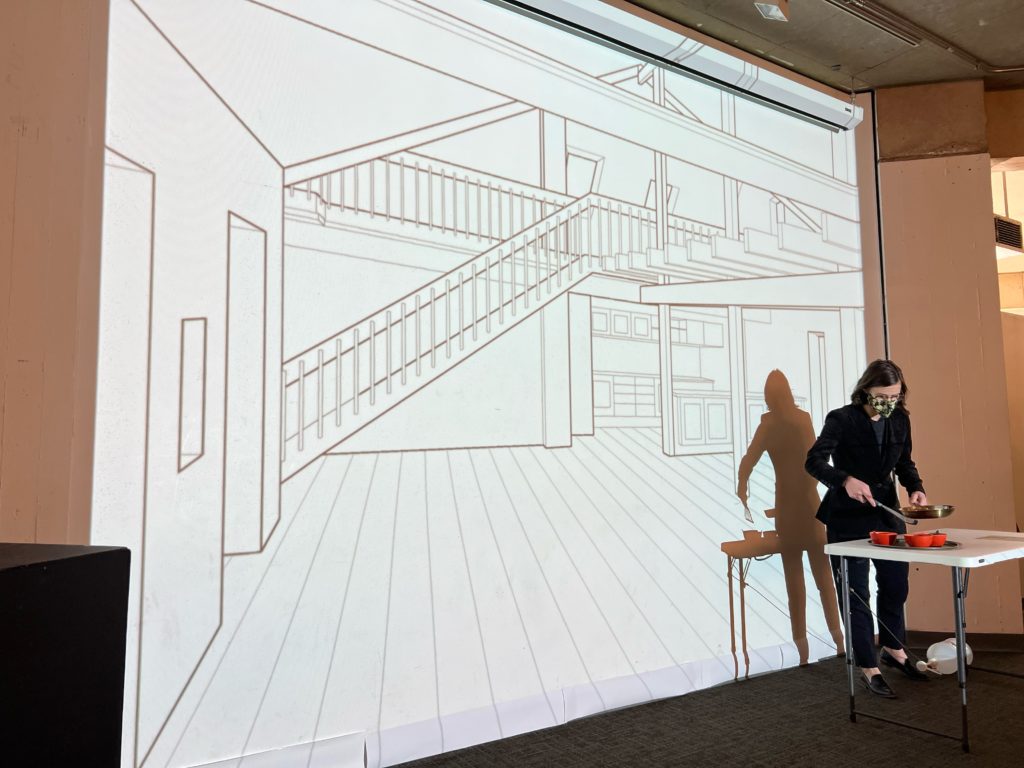
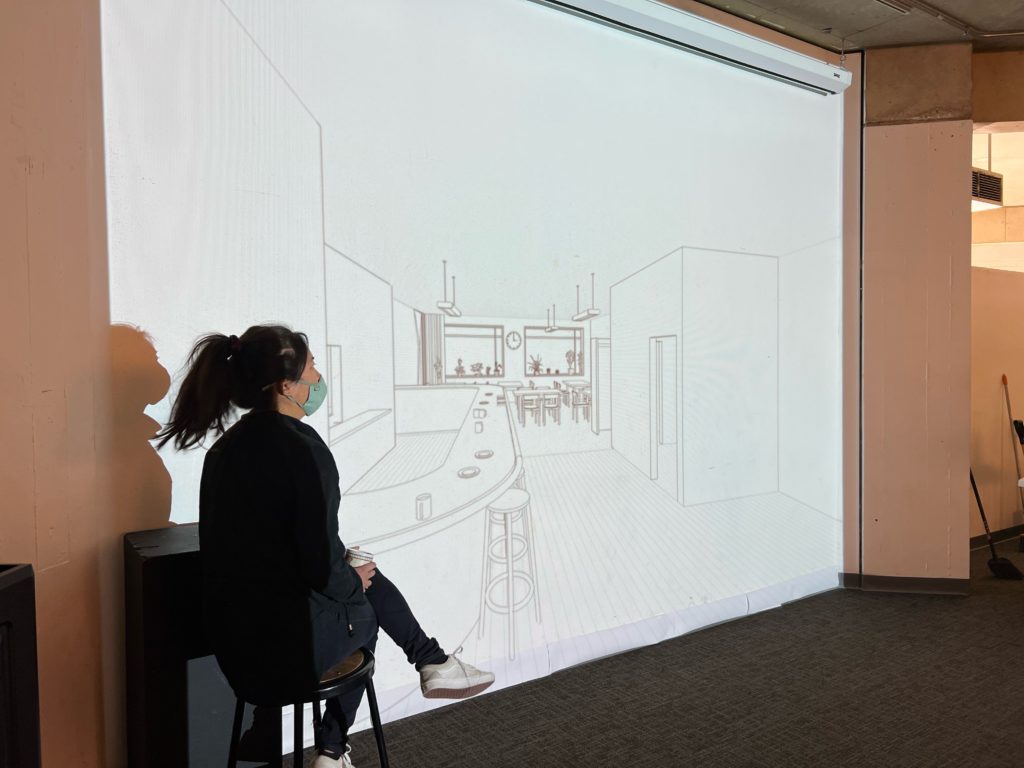
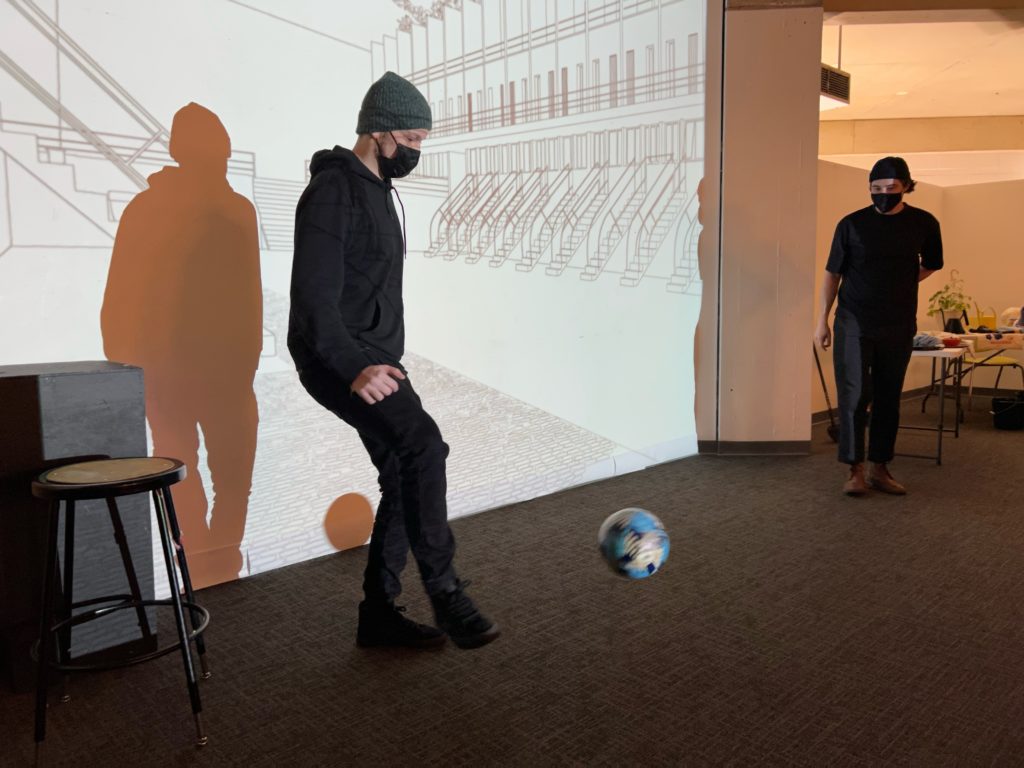
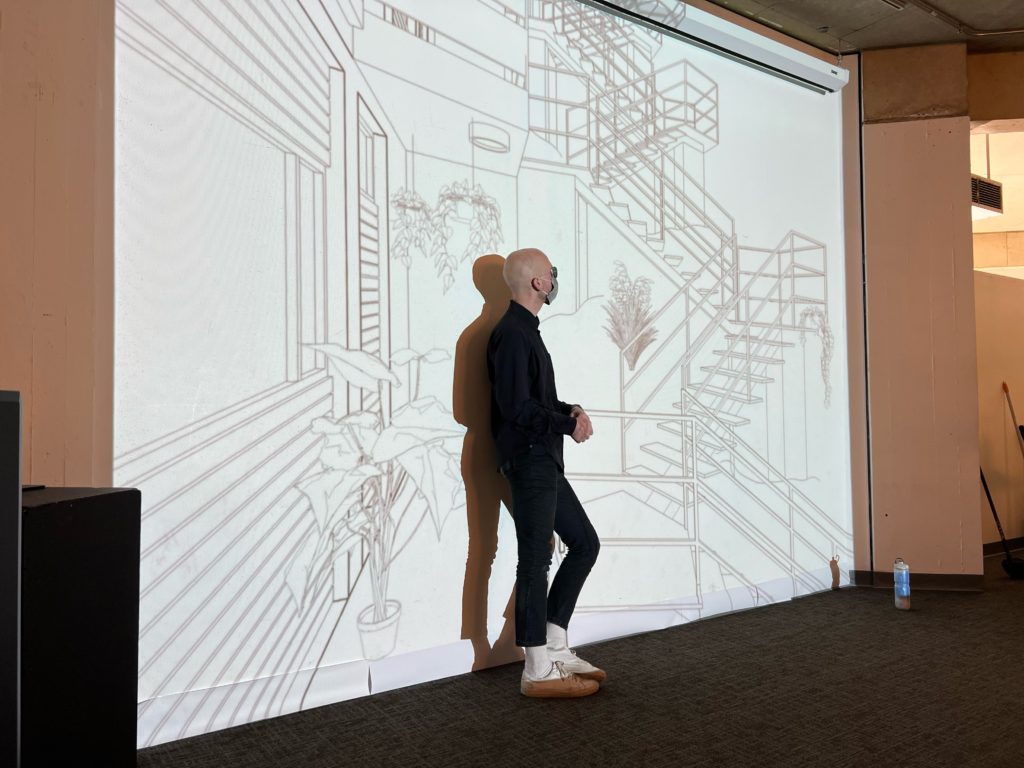
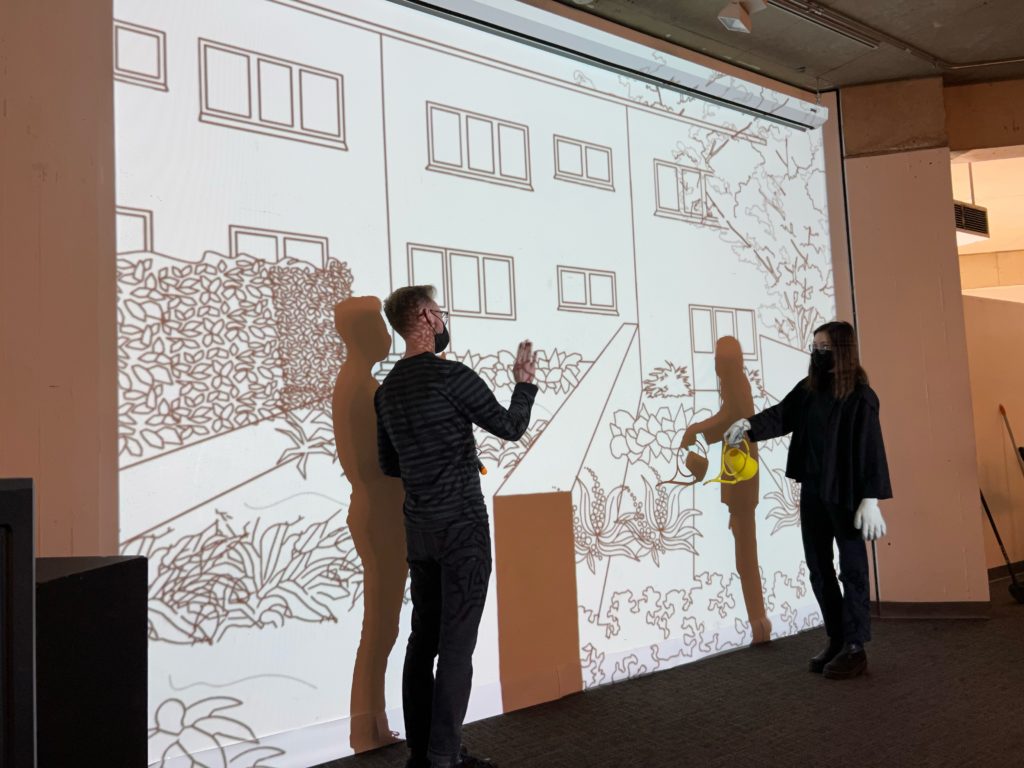
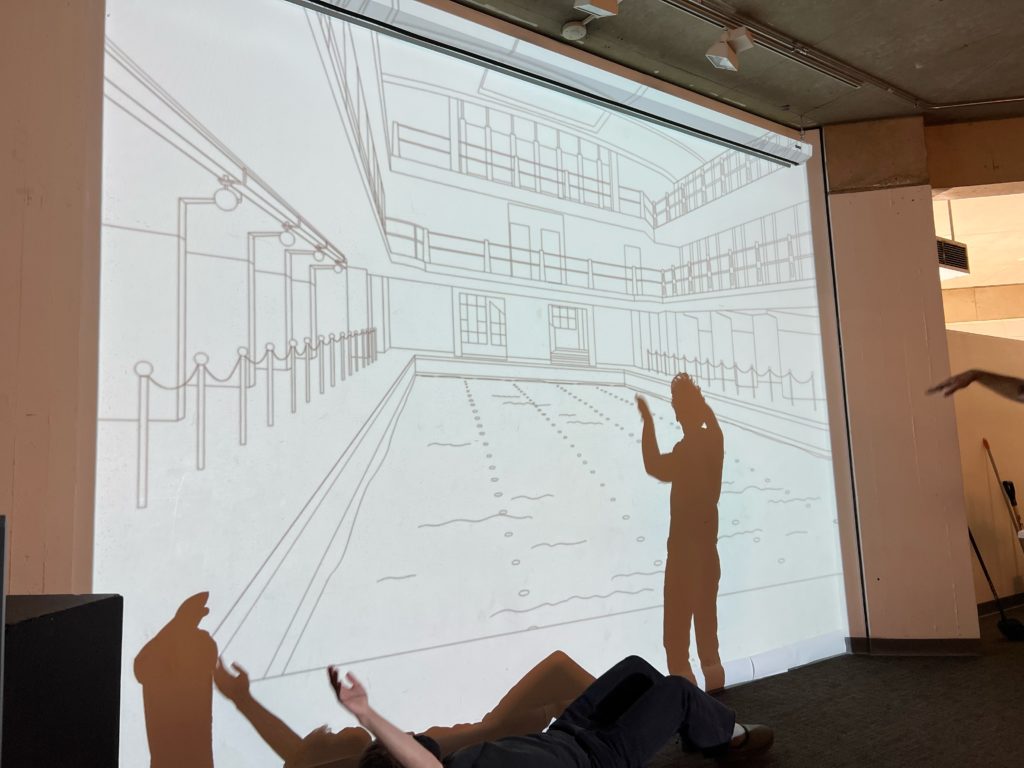
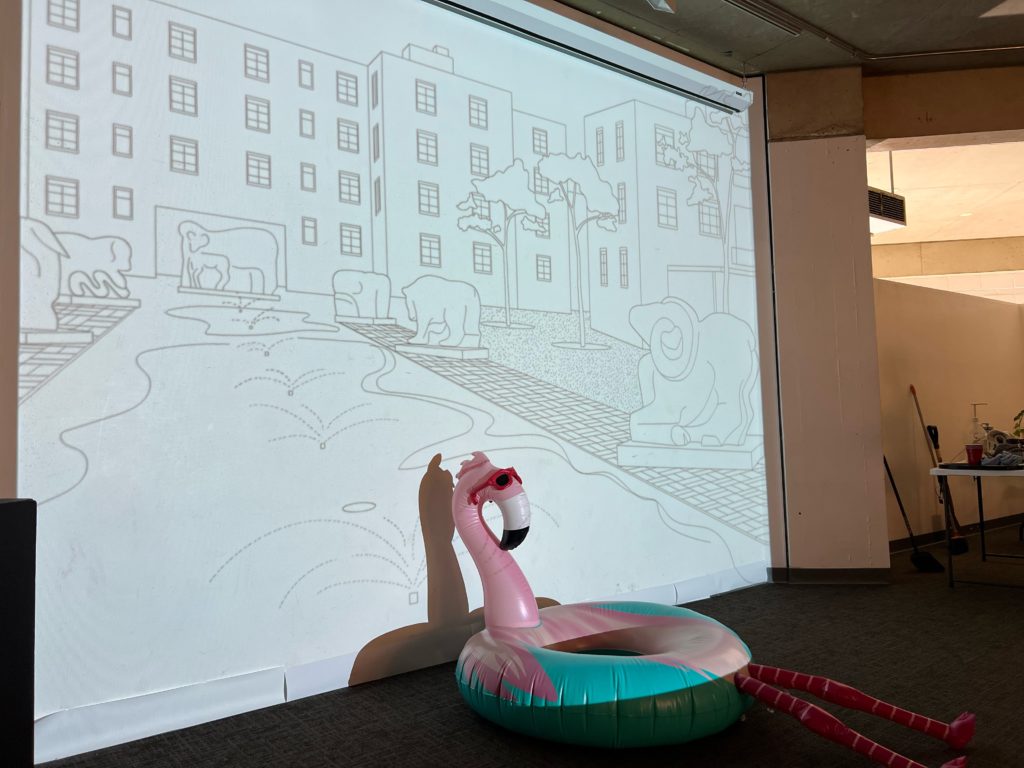
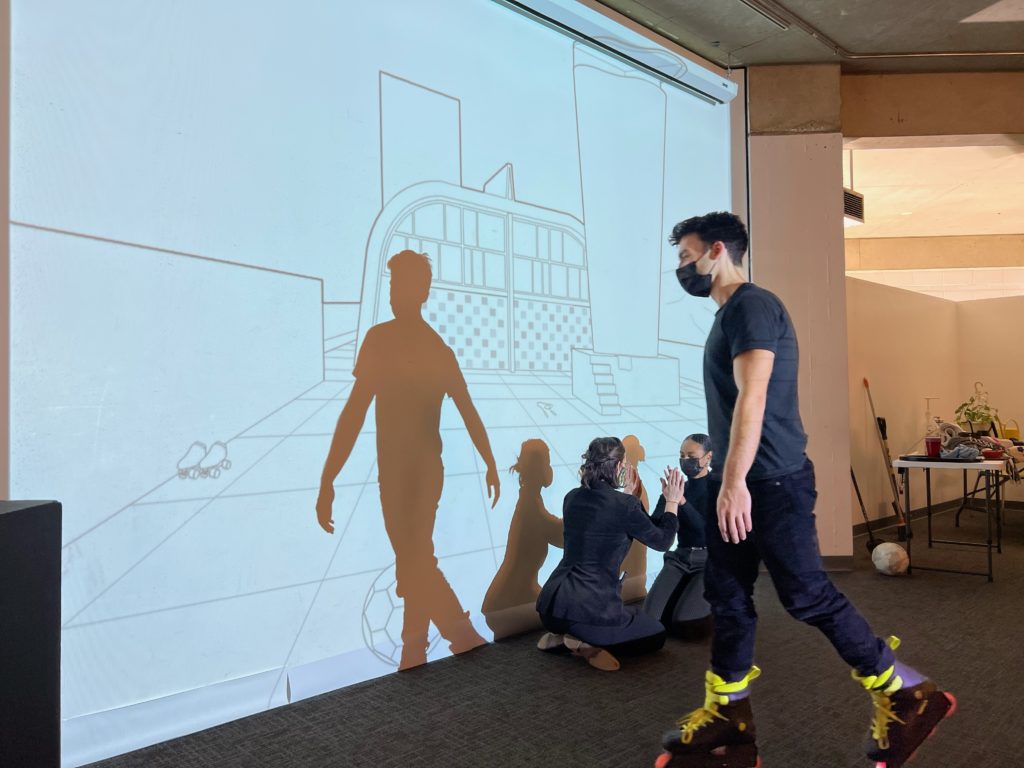
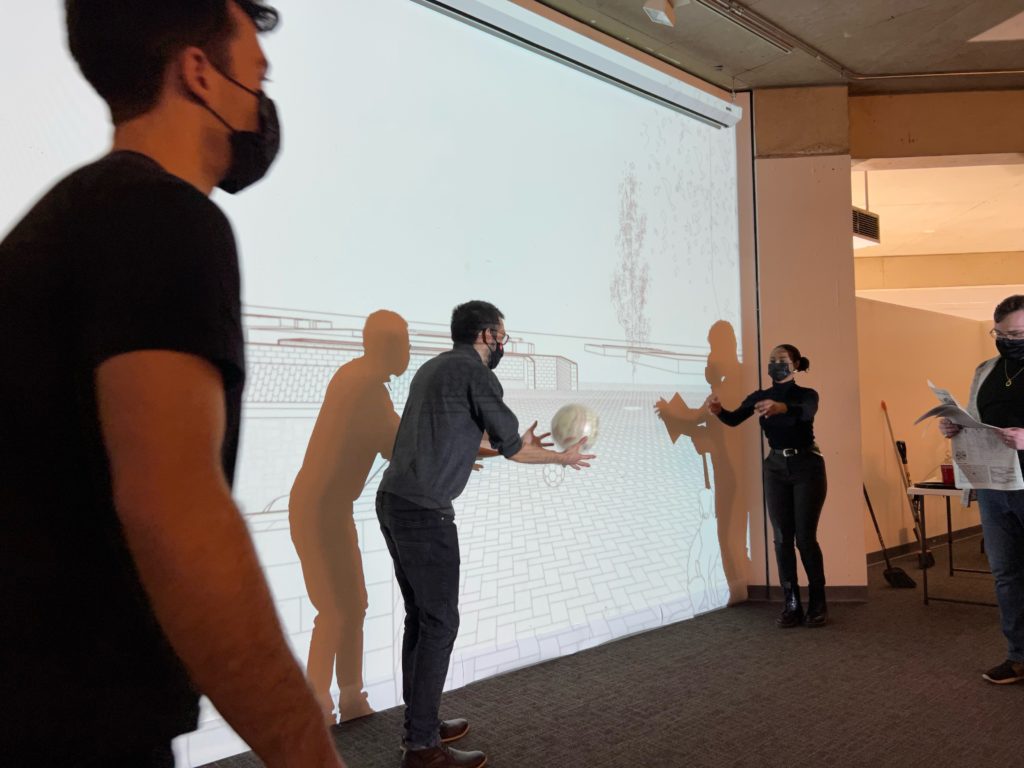
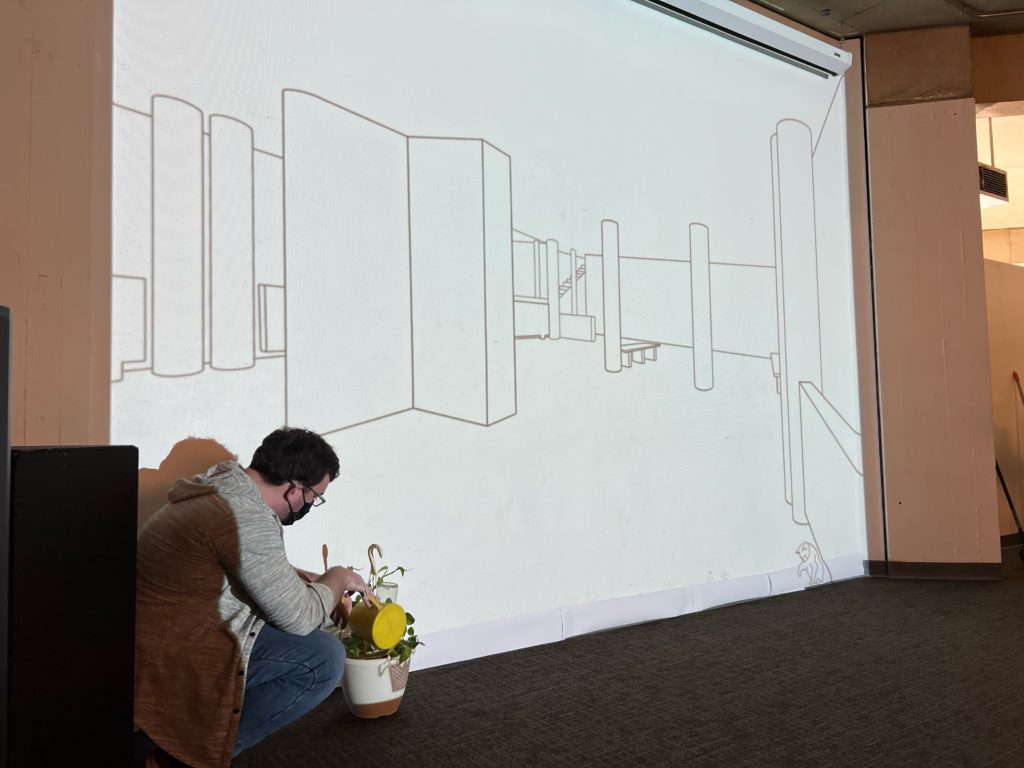
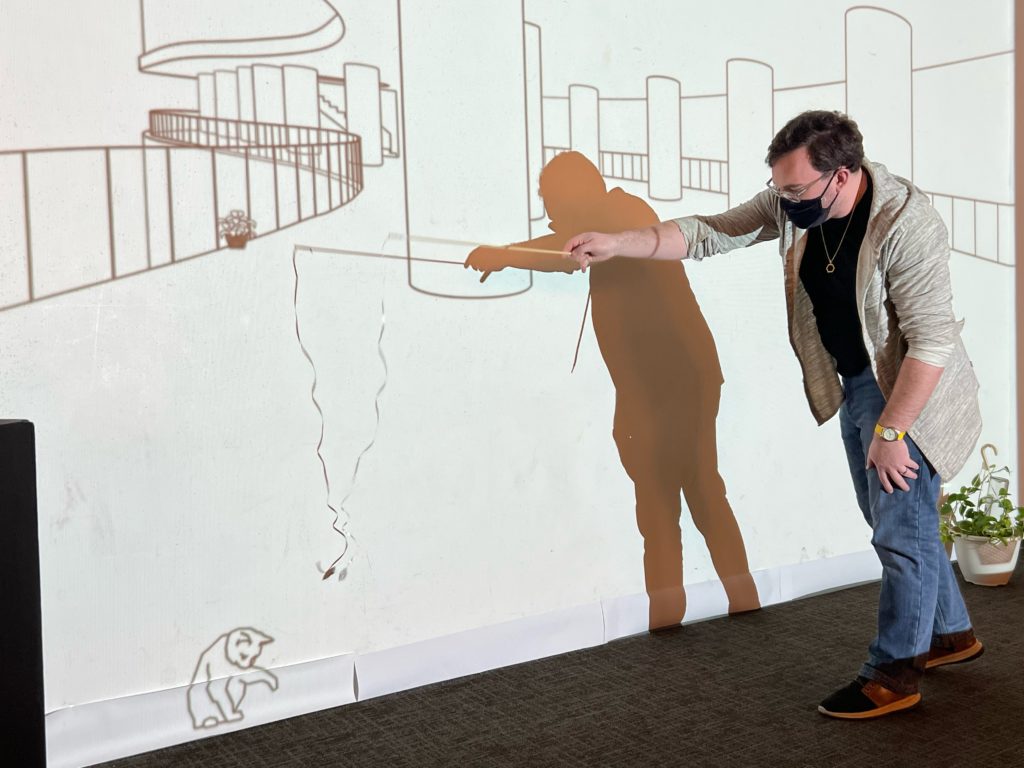
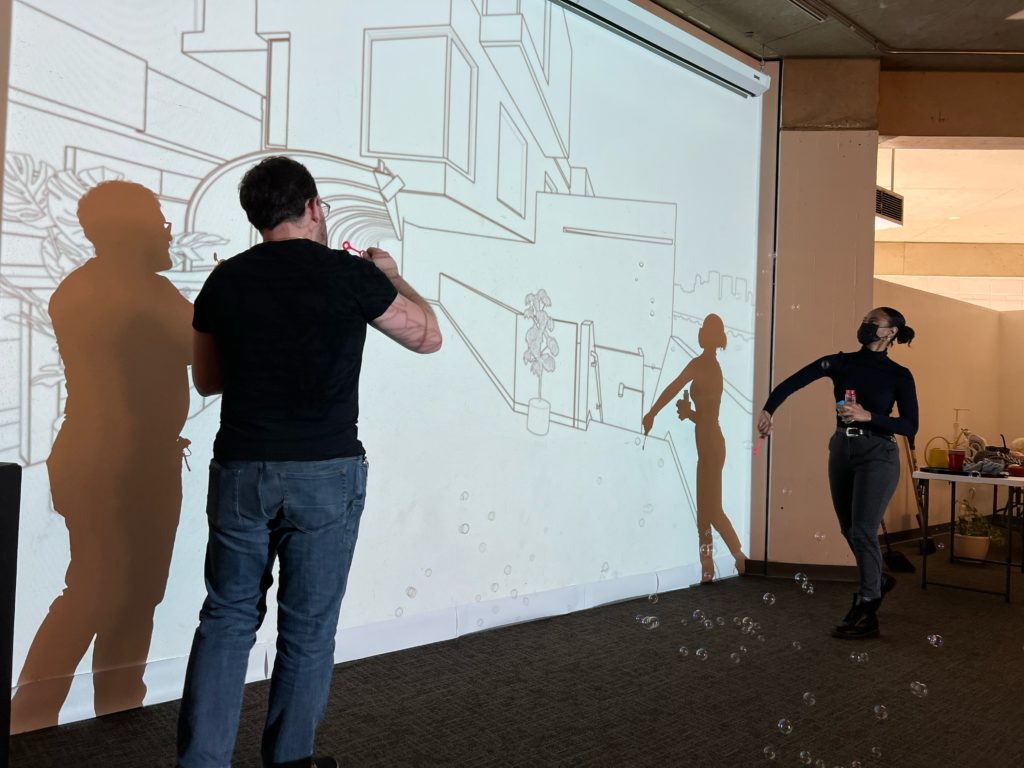
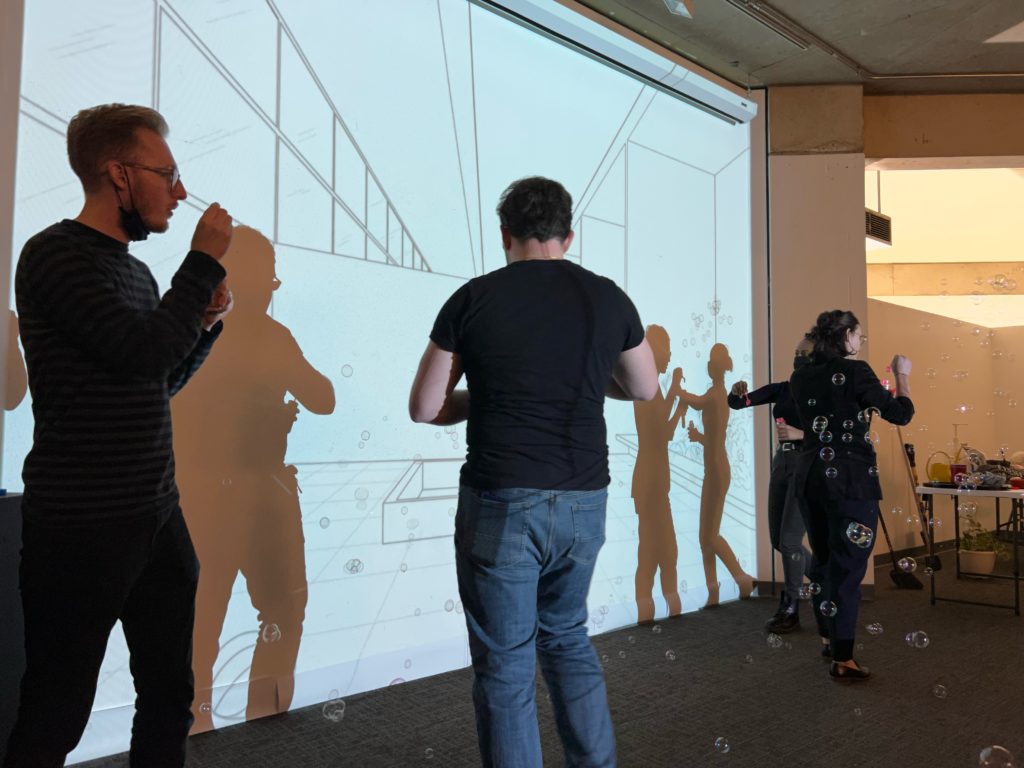
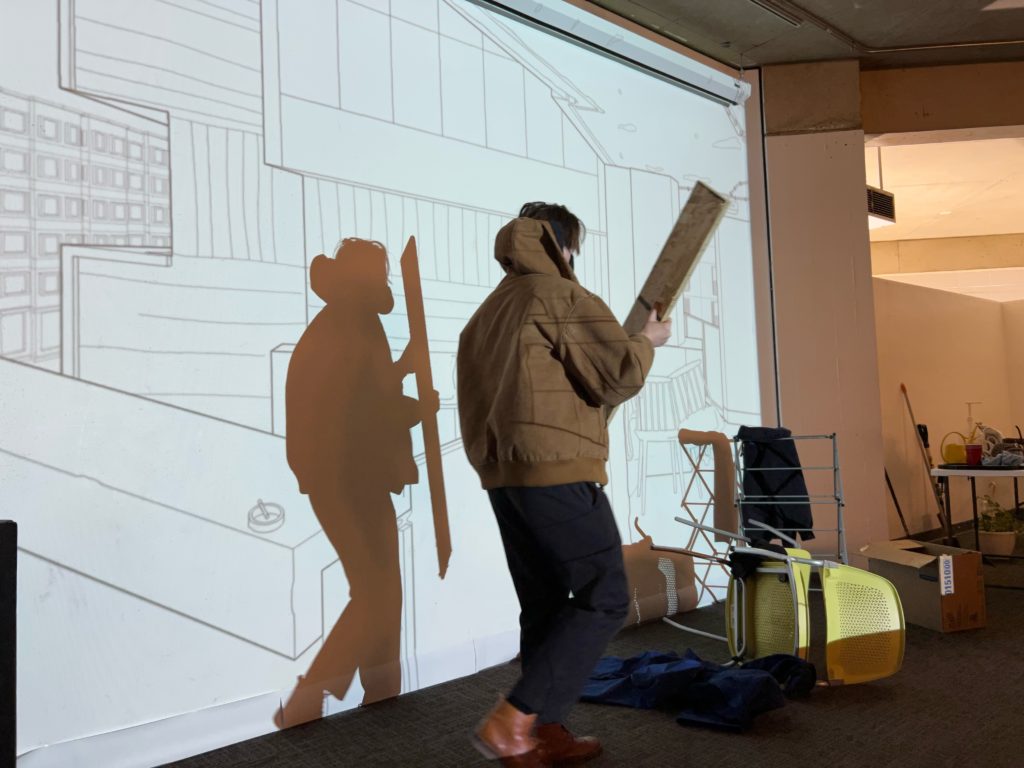
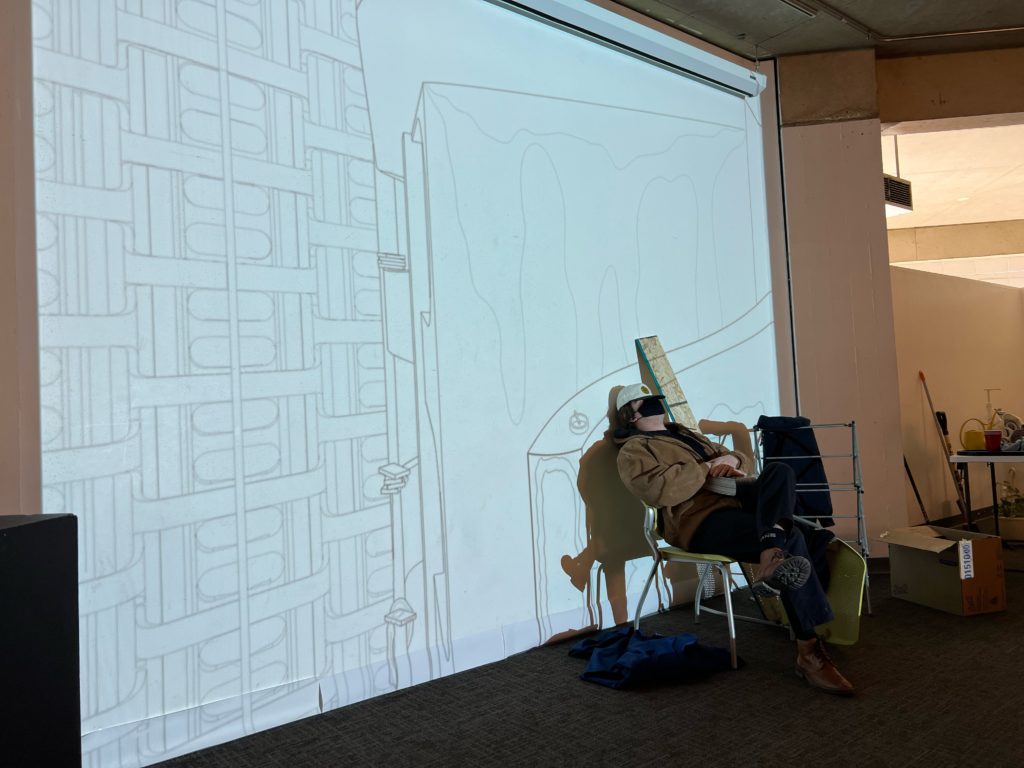
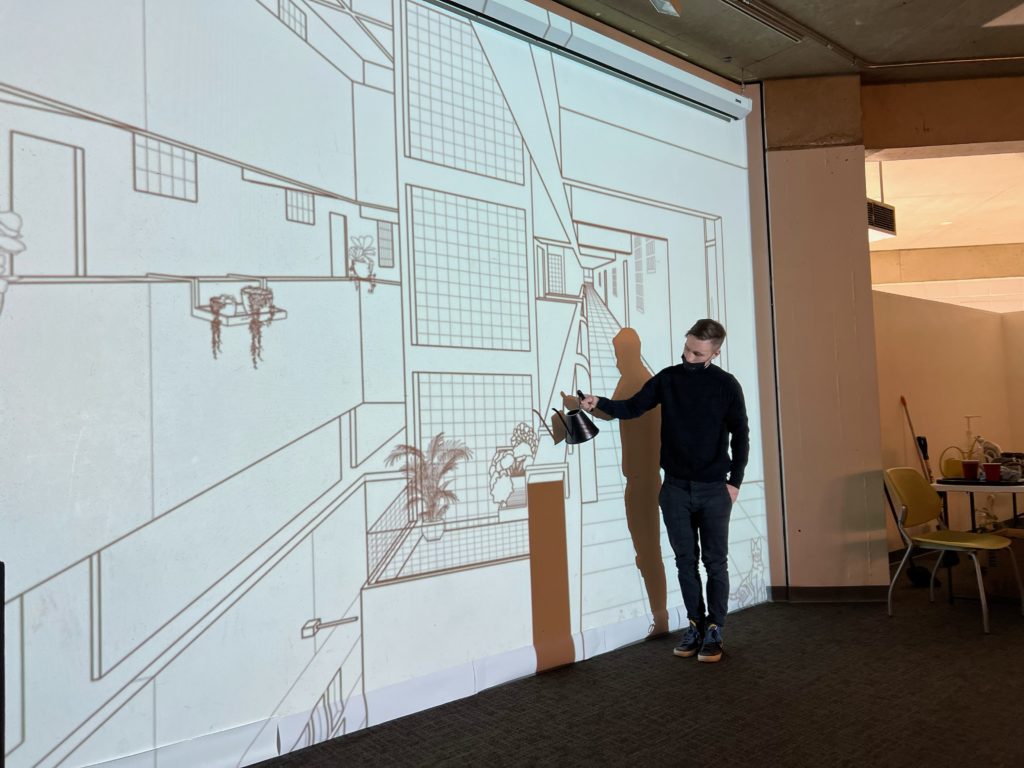
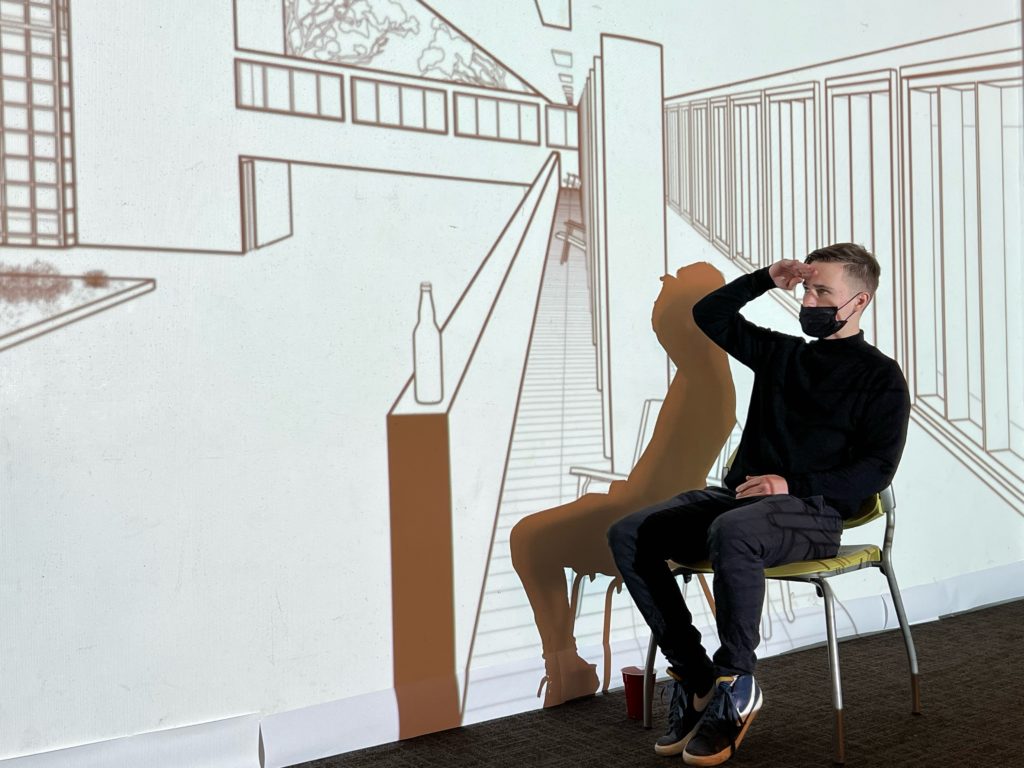
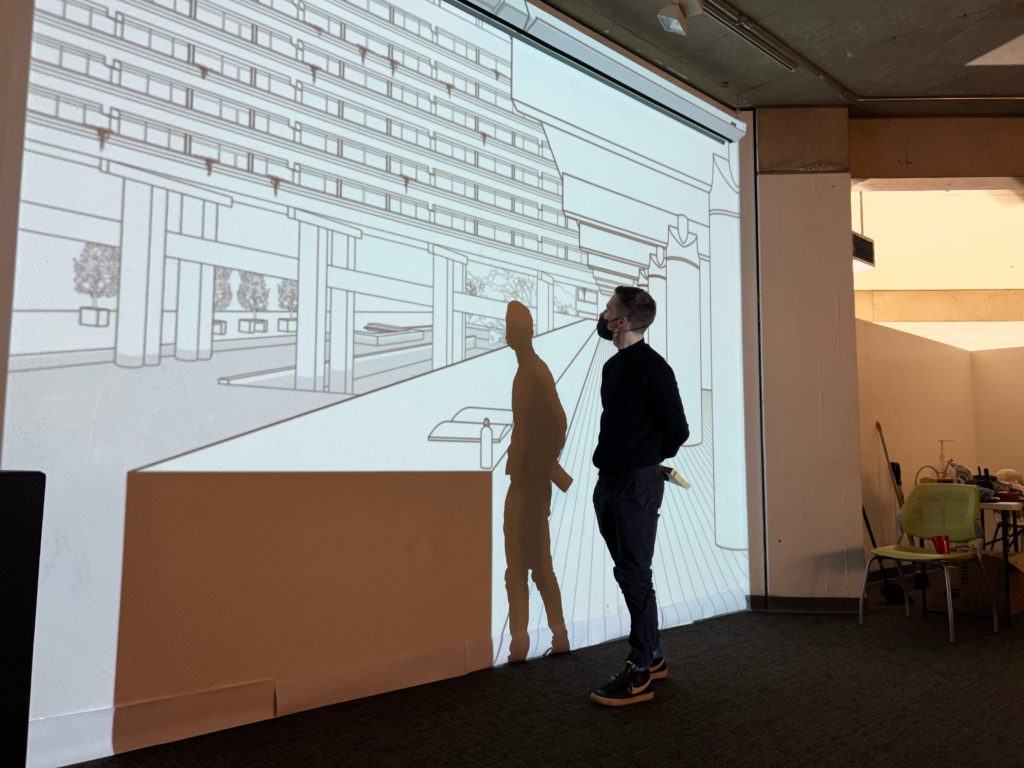
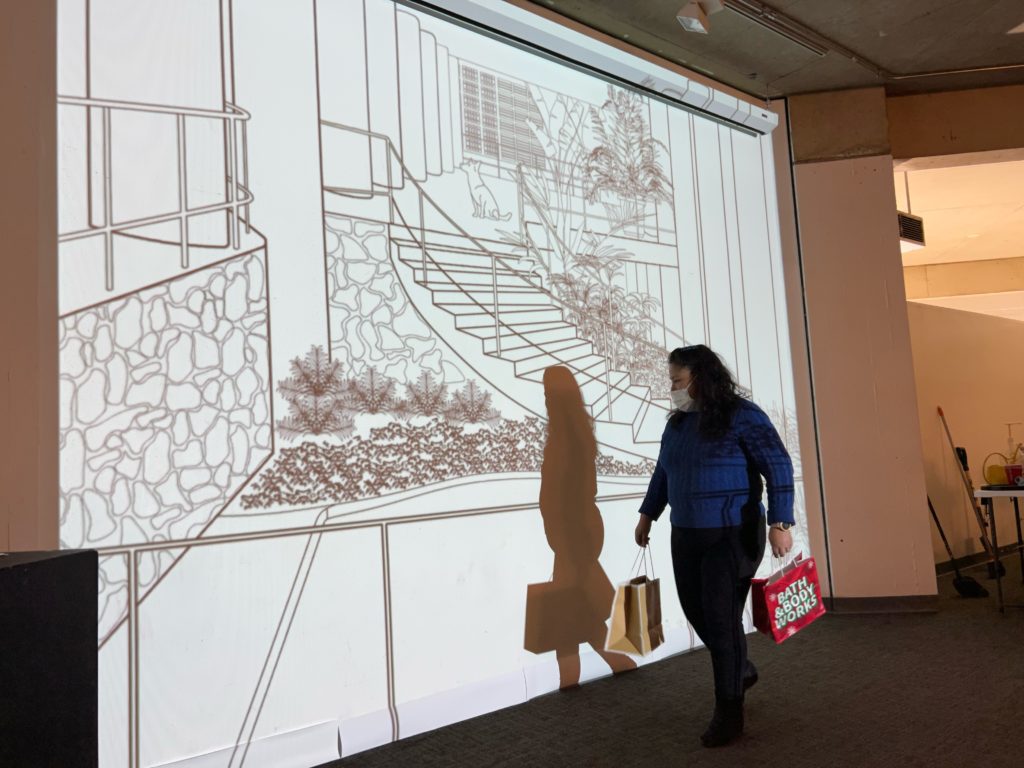
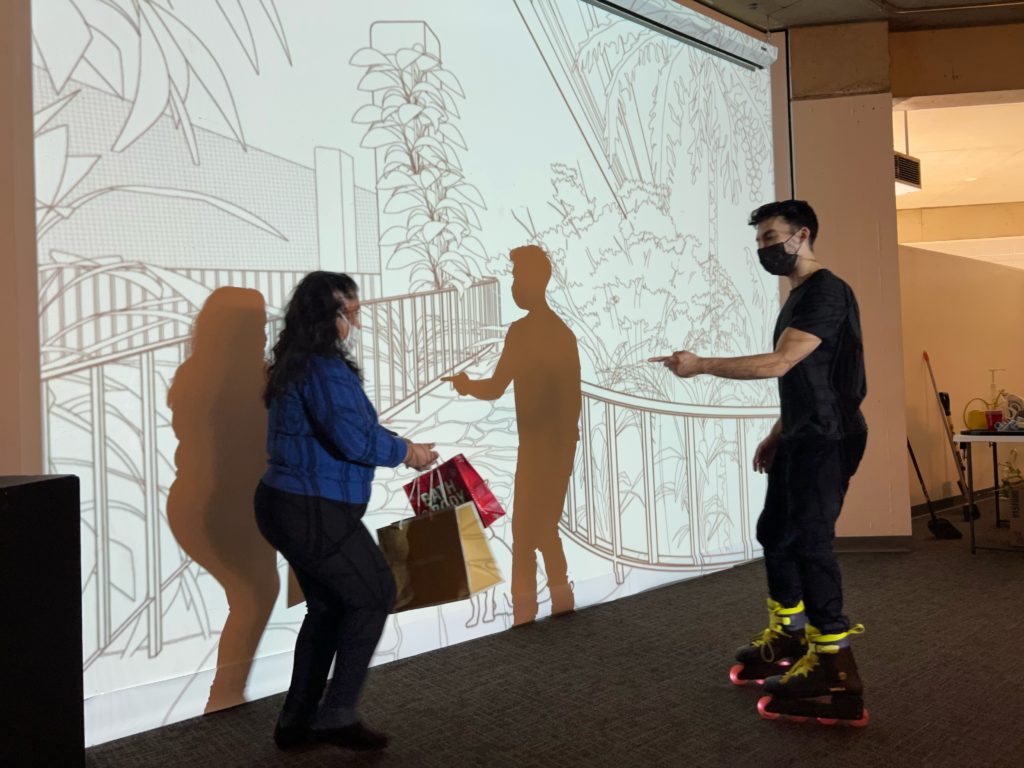
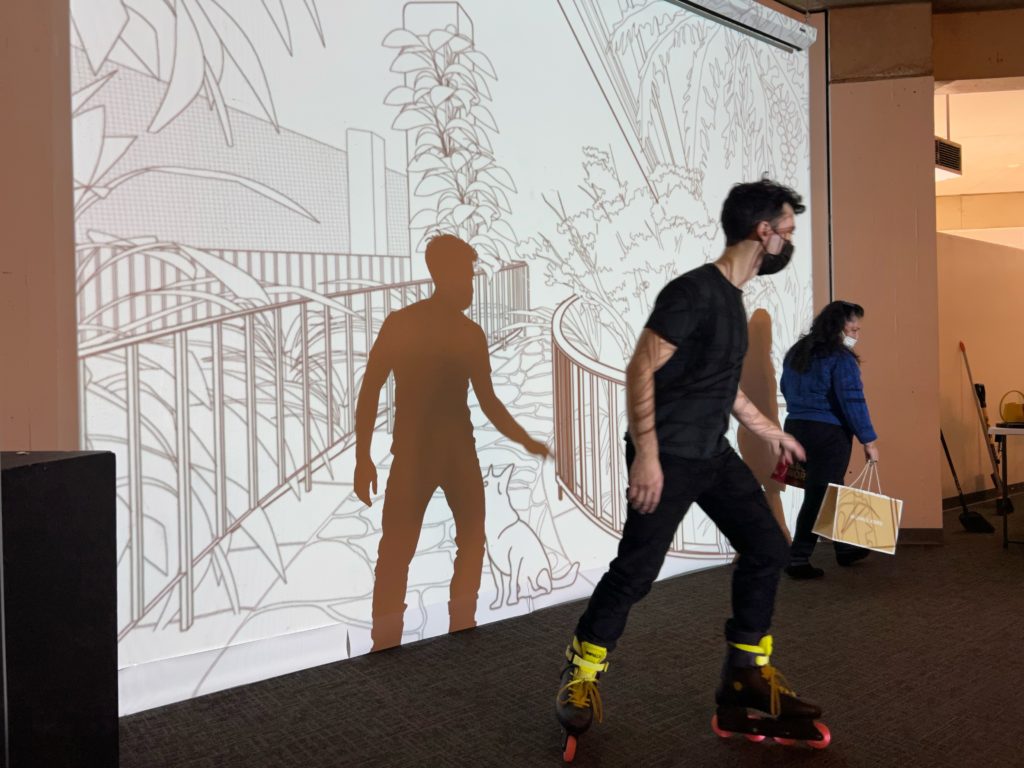
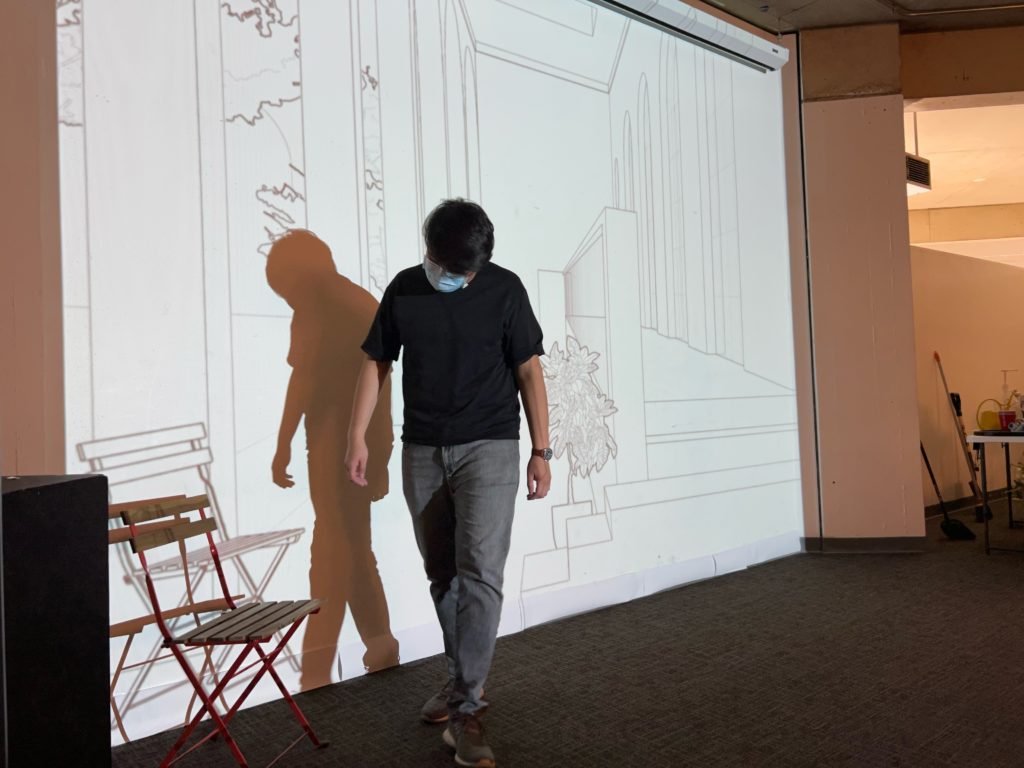
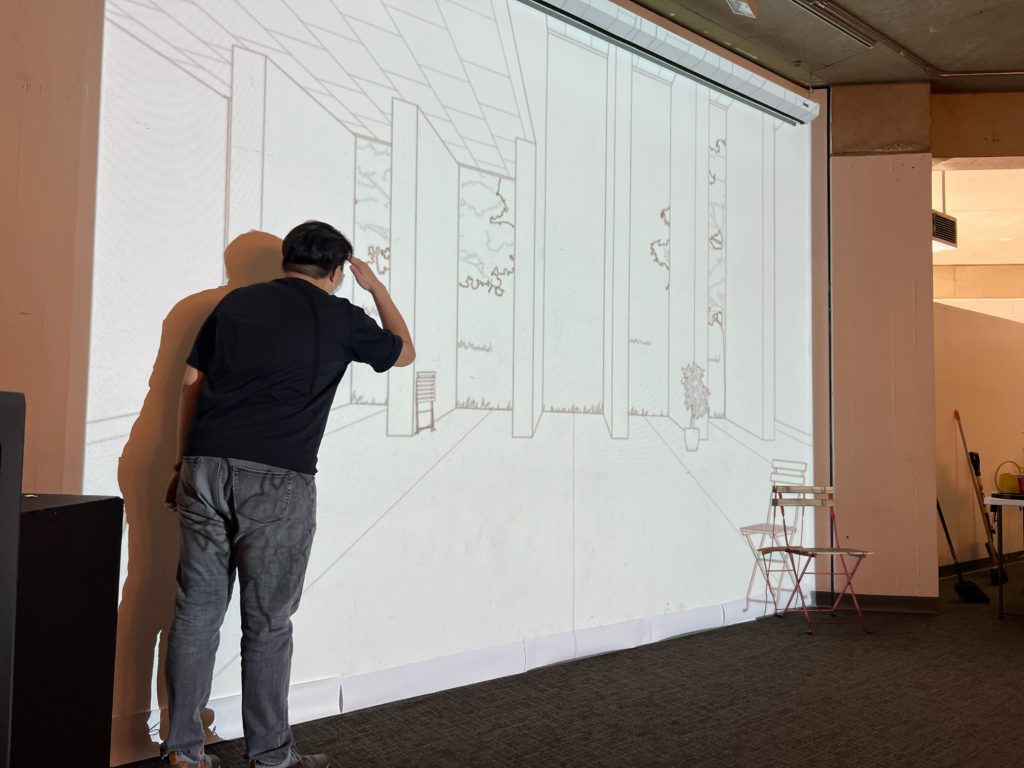
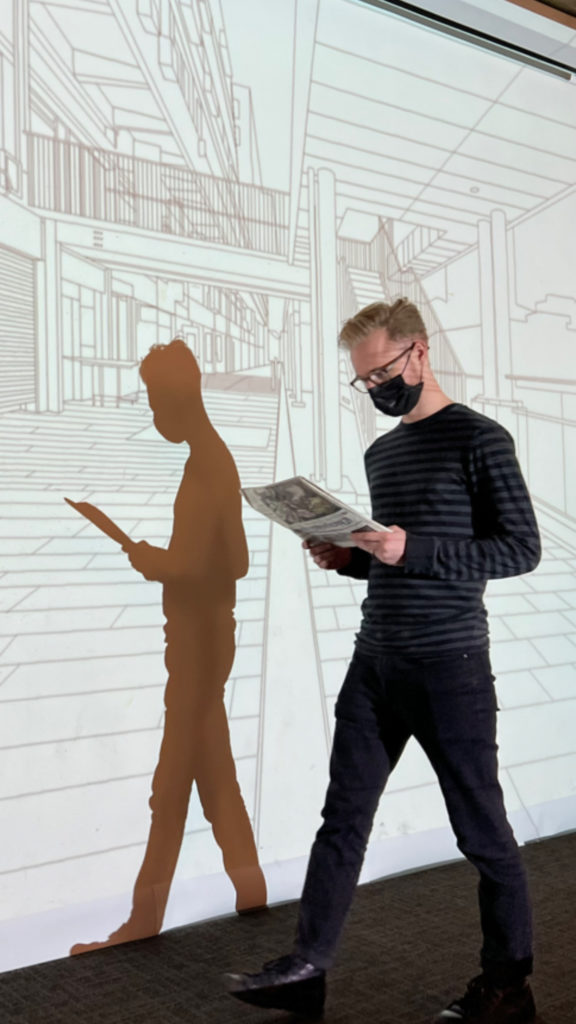
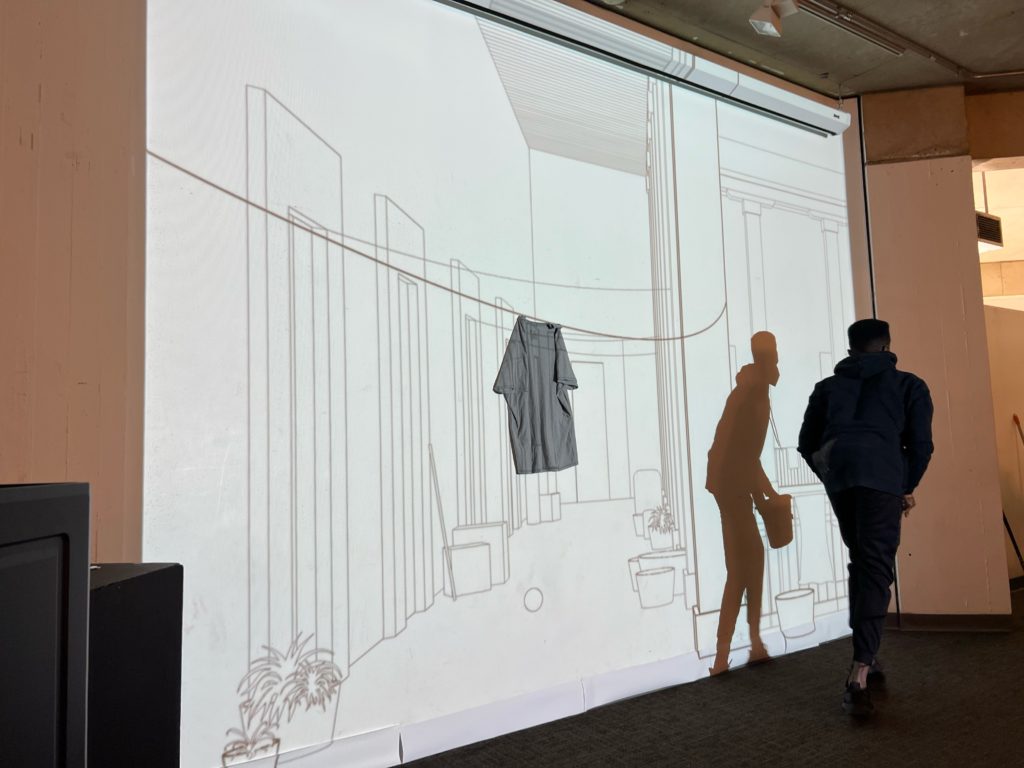
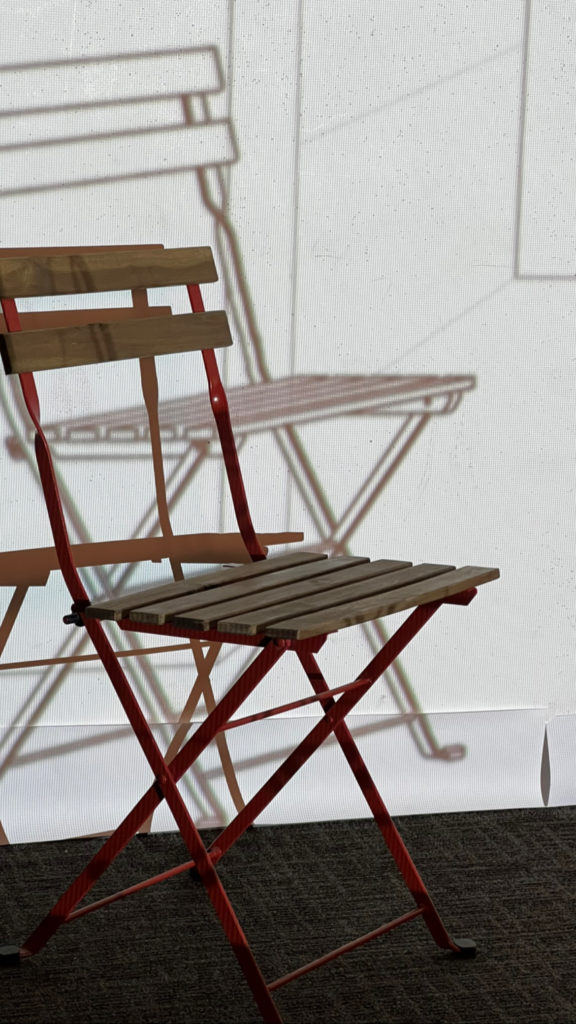
Drawings of Collective Spaces in Housing:
Catalog:
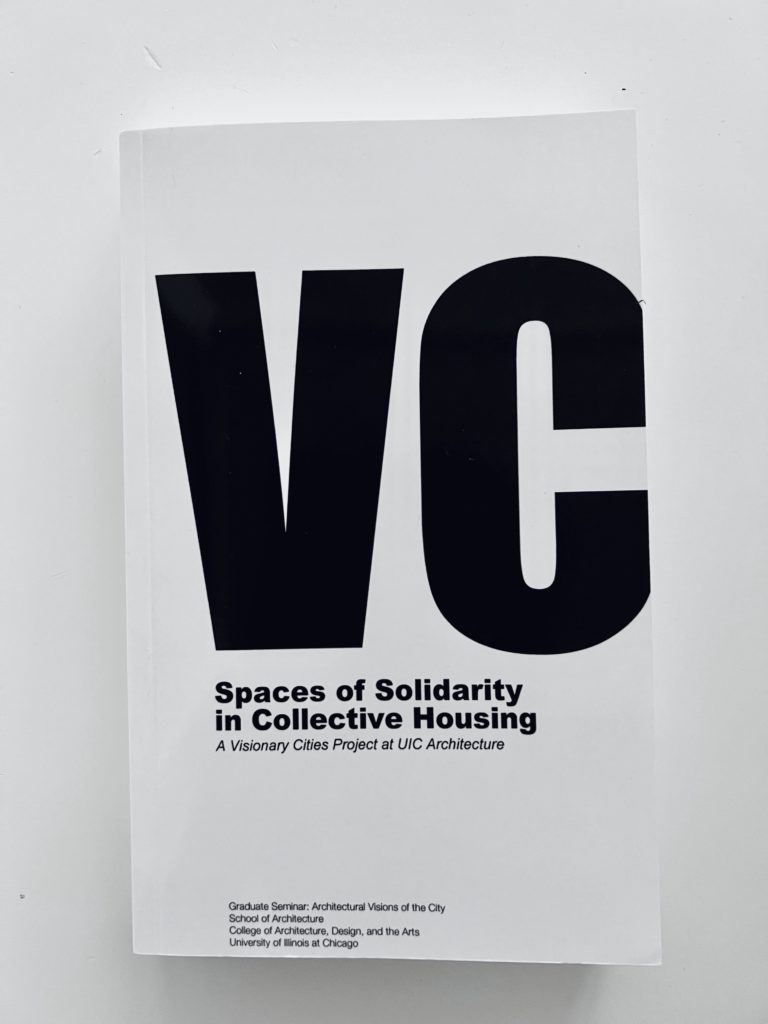
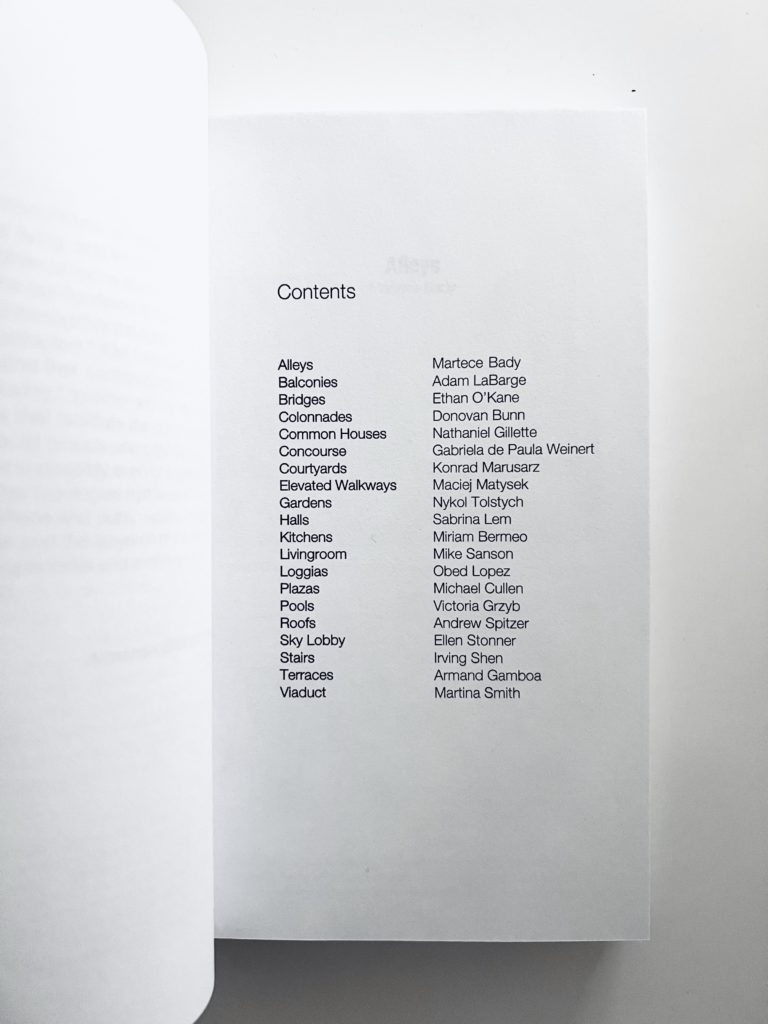
Research Team: Martece Bady, Miriam Bermeo, Donovan Bunn, Michael Cullen, Gabriela de Paula Weinert, Armand Gamboa, Nathaniel Gillette, Victoria Grzyb, Adam LaBarge, Sabrina Lem, Obed Lopez, Konrad Marusarz, Maciej Matysek, Ethan O’Kane, Mike Sanson, Irving Shen, Martina Smith, Andrew Spitzer, Ellen Stonner, Nykol Tolstych